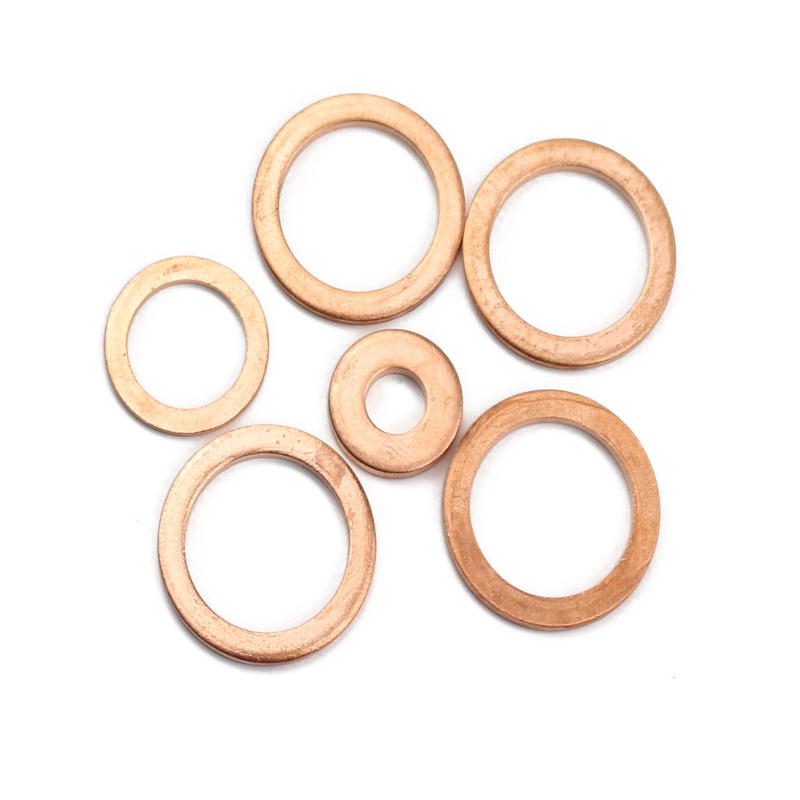Oil Seal Specifications 20 34 7 and Installation Guide for Optimal Performance
Understanding Oil Seals A Focus on 20 34 7 Specifications
Oil seals, also known as shaft seals or lip seals, play a crucial role in the functioning of various mechanical systems. They are designed to contain lubricants within machinery while also preventing the ingress of contaminants like dust and dirt. Among the myriad of oil seal specifications available, the oil seal denoted by the dimensions 20 34 7 offers a specific application potential that merits a closer look.
What Does 20 34 7 Mean?
The numbers in the designation 20 34 7 typically refer to the dimensions of the seal 20 mm is the inner diameter (ID), 34 mm is the outer diameter (OD), and 7 mm is the thickness (T). Understanding these dimensions is essential as they allow for the correct fitting of the seal into a specific assembly. In this configuration, the oil seal is effective for various types of rotating shafts within machinery, including automotive components, industrial equipment, and household appliances.
Applications of Oil Seals
Oil seals with the dimensions 20 34 7 are commonly used in automotive engines, wheel hubs, and gearboxes. In engines, they serve to keep engine oil from leaking out while keeping dirt and debris from entering the lubricated areas. This is critically important for maintaining the health of the engine, as any contamination can lead to increased wear and premature failure.
In gearboxes, these seals help to contain lubricants that reduce friction and heat during operation. It ensures longevity and optimal performance of gears, minimizing downtime for repairs. Additionally, in industrial machinery, effective sealing can enhance operational efficiency and safety.
Materials Used for Oil Seals
oil seal 20 34 7

The materials used to manufacture oil seals can vary widely, depending on the application and required performance characteristics. Common materials include rubber, silicone, polyurethane, and even metal in some cases. The choice of material affects factors such as temperature resistance, oil compatibility, and flexibility.
For instance, Viton (a type of fluorocarbon rubber) is often selected for high-temperature applications due to its excellent resistance properties. On the other hand, Nitrile rubber is widely used for general-purpose applications due to its balanced performance and cost-effectiveness.
Installation and Maintenance
Correct installation of an oil seal is paramount for its performance. It is essential to ensure that the seal is seated properly and that the shaft surface is free from damage and contamination before installation. Providing adequate lubrication on the sealing lips can also help in preventing wear during the initial operation phase.
Regular inspection of oil seals is crucial in any maintenance schedule. Signs of oil leaks, wear, or damage indicate that the seal may need replacement. Early detection of failure can prevent more extensive damage to the machinery and reduce repair costs.
Conclusion
The oil seal specification 20 34 7 represents a vital component in ensuring the reliability and efficiency of various mechanical systems. By preventing oil leaks and blocking contamination, these seals maintain the integrity of lubricating systems. As industries continue to evolve and innovate, so too will the designs and materials used in oil seals, meeting ever-stringent performance and durability demands. Understanding and properly implementing these seals is critical for anyone involved in machinery maintenance and operation.
-
Simplifying Oil Changes: A Comprehensive Guide to Oil Drain Plugs and Their Variants
News Aug.04,2025
-
Mastering Oil Drain Maintenance: Solutions for Stripped, Worn, and Upgraded Oil Plugs
News Aug.04,2025
-
Fixing Oil Pan Plug Issues: Leaks, Stripped Nuts, and the Right Replacement Solutions
News Aug.04,2025
-
Everything You Need to Know About Oil Drain Plugs: Sizes, Fixes, and Upgrades
News Aug.04,2025
-
Choosing the Right Oil Drain Plug: A Guide to Sizes, Materials, and Drain Innovations
News Aug.04,2025
-
A Complete Guide to Automotive Drain Plugs: Types, Problems, and Innovative Solutions
News Aug.04,2025
-
The Ultimate Guide to Car Repair Kits: Tools and Essentials Every Driver Should Own
News Aug.01,2025
Products categories















